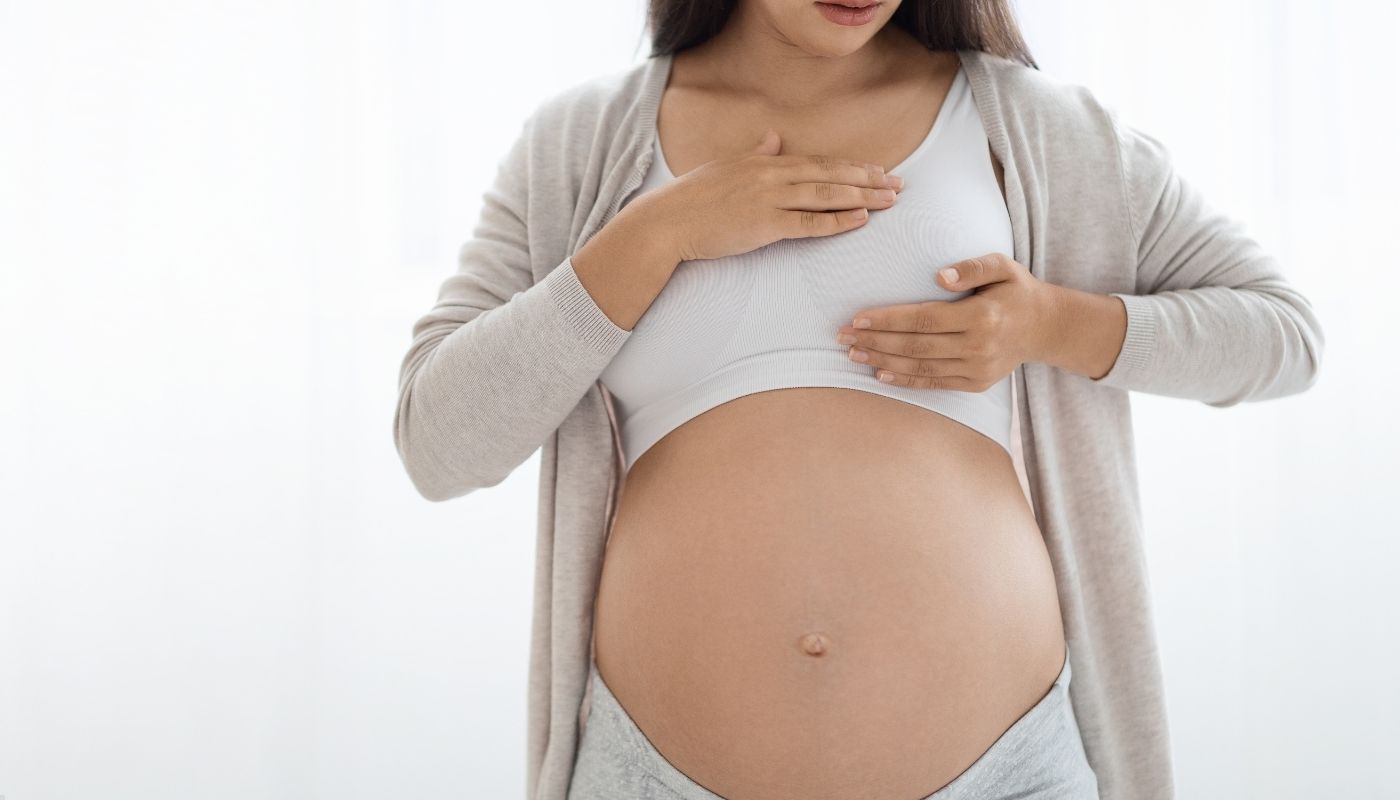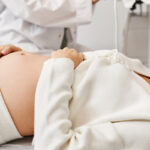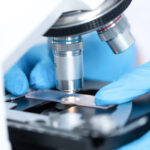Changes in Breasts During Pregnancy

İçindekiler
ToggleWhat are the changes that occur in breasts during pregnancy?
From the moment the pregnancy starts, the expectant mother feels and sees some changes in her breasts. Some of these changes are a natural process that the expectant mother’s breasts go through to prepare for breastfeeding. As the milk ducts grow, breast volume increases and sensitivity develops. The breasts become heavy. There may be a difference in breast size. Don’t worry, it will all be okay later. The veins under the breast skin may become noticeable.
Nipples also grow, become sensitive and darken in color during pregnancy. A small amount of milk may come from the nipples during pregnancy. This initial milk, called colostrum, is clear or yellowish. It is not normal for bloody fluid to come from the nipples. In such a case, you should consult your doctor immediately.
Small bumps may form on the nipples (Montgomery tubercles). These bumps secrete oil to help maintain nipple health. For this reason, during pregnancy, the breasts and the surrounding area should be washed only with water, not with soap.
Changes that occurred
1- Breast discharge (colostrum)
It is also referred to as foremilk. This is a more watery liquid. In the second trimester of pregnancy, the breasts start producing colostrum. Colostrum is thick and initially appears yellow. It becomes pale and almost colorless closer to pregnancy. After birth, milk begins to flow as colostrum in the first few breastfeedings. When you encounter such a sight, do not panic. It is also called colostrum among the public.
2- Sensitivity and pain
During pregnancy, even though the breasts grow each day, they become more sensitive to touch. During pregnancy, the breasts start to prepare themselves for birth and prepare the milk ducts for the baby. For this reason, the nipples become more sensitive and delicate to touch.
3- Growth and development
During pregnancy, your breasts can grow 3 to 4 times. After giving birth, whether or not your breasts sag depends on your genetics as well as you. Sagging breasts after giving birth are not caused by pregnancy, but by not providing enough support during pregnancy. For this reason, it is essential to wear a well-supported bra during pregnancy.
If your breasts are very large and prone to sagging, it would be more appropriate to wear a bra even when sleeping at night. Using a night bra at night will minimize the possibility of sagging after giving birth.
The rate of breast growth seen in the first pregnancy may not be the same in the second or third pregnancies. The reason for this is that due to the changes that occur in the breasts during the first pregnancy, there is no need for the same amount of change in subsequent pregnancies and the breasts do not respond to pregnancy hormones at the same rate as they did in the first pregnancy.
4- Veins become more visible
Due to increased blood flow in your breasts, the veins on your chest become more visible. They become more visible in women with lighter skin tones. The prominence of the veins is interpreted as an indicator of a transport system that carries all kinds of nutrients and fluids from the mother to the baby. This situation returns to normal after birth or after breastfeeding is established.
5- Areola (Dark colored area around the nipple)
This area darkens, expands and develops dark-colored bumps during pregnancy. This darkening of the areola decreases after birth, but it does not completely disappear.
6- Pain in the breasts
During pregnancy, the growth, increase in volume, heaviness and tension of the breasts can cause pain. In order to minimize or even eliminate this pain, it may be beneficial to stay away from tight clothing and use a maternity bra.
7- Itching and cracks in the breasts
During pregnancy, the growth in the breasts causes them to regress. This stretching causes cracks to form on the breasts. You can use moisturizing creams to reduce itching and cracks.
8- How should you care for your breasts during pregnancy?
During pregnancy, it is recommended not to wash your breasts with creams, lotions and soaps to protect them. It is recommended to wash the discharge and colostrums that occur in your breasts with warm water during pregnancy. Since the nipples will be very sensitive in the last months of pregnancy, if the nipples are stimulated too much by touching, it will cause uterine contractions. For this reason, the possibility of premature labor increases.
9- What to do to reduce pain in the breasts during pregnancy
The most effective method against pain in the breasts is to buy a few good and supportive bras. For this, you can make the right choice by consulting the staff at stores that sell maternity items. You should make sure that the bra is cotton. This will prevent irritation to the breasts. It is also more comfortable and breathable.
It is also possible to buy suitable bras to use during the night, while sleeping. A soft cotton bra can be preferred for this. You can buy it as a night bra in places that sell maternity items.






